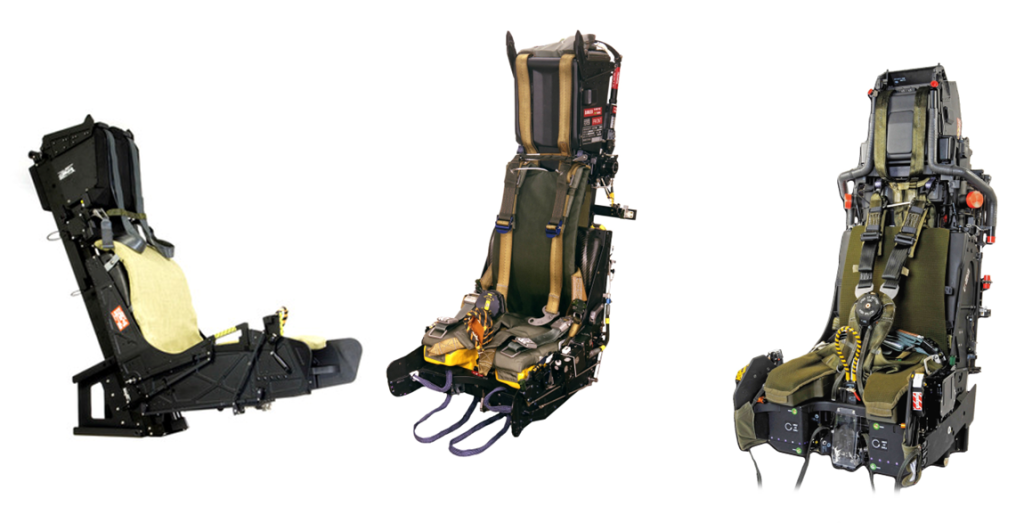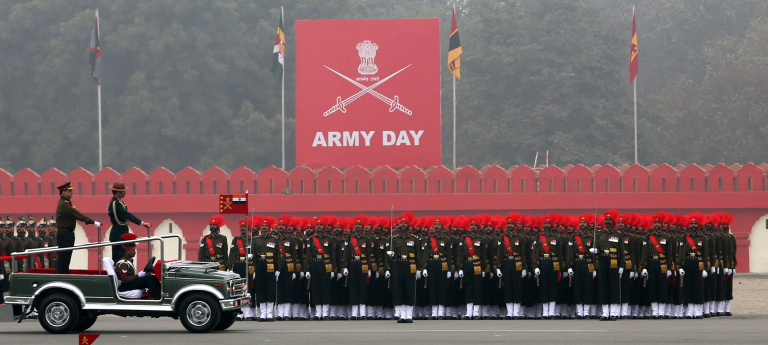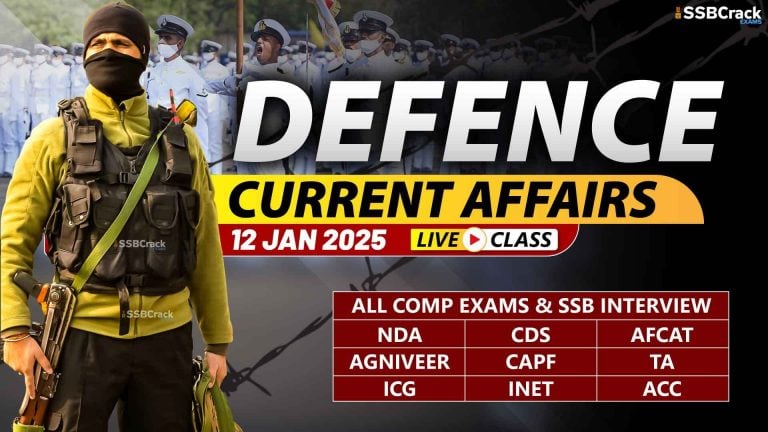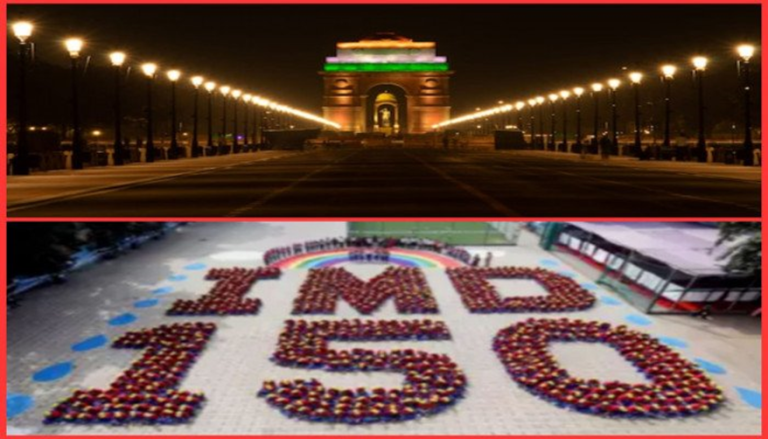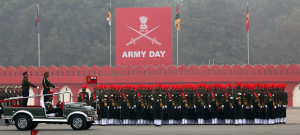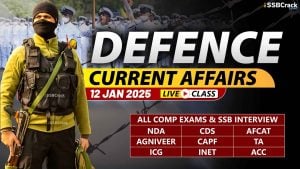LCA TEJAS of the Indian Air Force crashed yesterday during an operational sortie in Rajasthan’s Jaisalmer and the pilot ejected safely from the aircraft.
Zero-Zero Ejection Seat That Saved Tejas Pilot After Crash
Meanwhile, Martin-Baker said in a tweet, an Indian Air Force TEJAS Aircraft crashed during an operational training sortie near Jaisalmer, Rajasthan. The pilot successfully ejected using the Martin-Baker IN16G Seat. TEJAS the fighter jet uses British-manufactured, Martin Baker, zero-zero ejection seats. The seats are designed to eject pilots from zero position to a considerable height to deploy the parachutes.
The zero-zero capability was developed to help pilots escape from unrecoverable situations during low-altitude or low-speed flights as well as ground mishaps during take-off or landing.
Zero-Zero Ejection Seat
The primary goal of an ejection seat is straightforward: It is designed to swiftly propel the pilot out of the aircraft to a secure distance and subsequently deploy a parachute for a safe landing. Martin Baker introduced the zero-zero ejection seat, specifically the MK16 US16E seat used in the F-35 aircraft. This seat is the only one that meets the Neck Injury Criteria (NIC) standards for ejections.
Life-saving device
The primary purpose of an ejection seat is to allow the pilot to escape from an airplane that is no longer controllable or is expected to crash or be destroyed. This could be due to mechanical failure, damage from enemy fire, or collision.
Quick escape
Ejection seats are designed to rapidly propel occupants out of the aircraft with minimal effort required from them. This is vital in high-speed, high-stress situations where immediate action is necessary.
Altitude and speed constraints
Modern ejection seats are highly sophisticated and can save pilots even at extreme altitudes and speeds, both high and low, which would otherwise be unsurvivable.
Survival equipment
Ejection seats often come with integrated survival kits that include a parachute, a life raft, and other essential survival gear to sustain the pilot after ejection and until rescue, especially if the ejection occurs over hostile territory or water.




